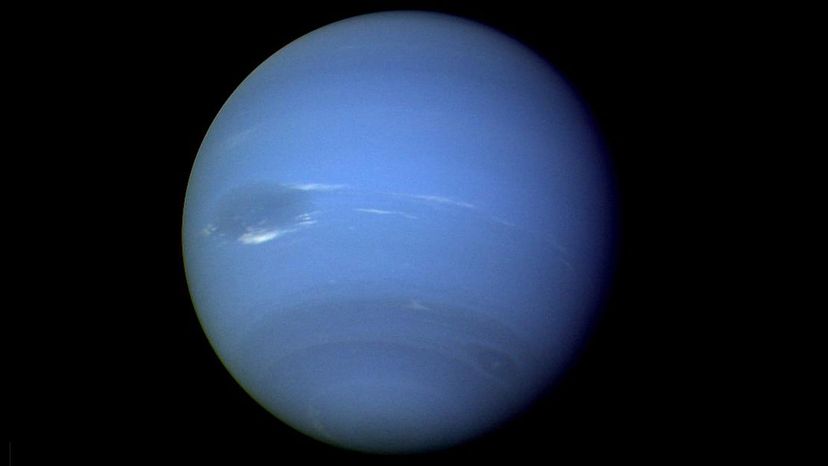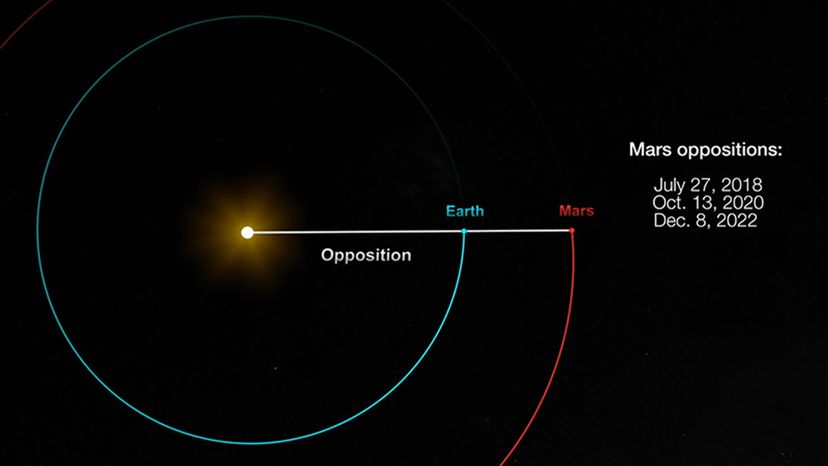Neptune Is at Opposition, But What Does That Mean?

The eight planets of our solar system (or nine, if you’re still including Pluto) cruise around the sun in concentric planetary orbits with the sun at the center. Because of their distances from the life-giving star, each planet takes a different length of time to orbit the sun.
Mercury, for instance, doesn’t have nearly as far to travel as Earth, and Earth doesn’t have as far to go as Saturn. None of the planets travel the distance Neptune has to.
What Is Planetary Opposition?
In astronomy, opposition means a planet is “opposite the sun.” But planetary opposition is when a planet’s orbit brings it between the sun and another planet. The Planetary Society defines opposition as “when the planet is opposite to the position of the sun.” That means a planet at opposition is 180 degrees from the sun in the sky.
Because the sun sets in the west, during planetary opposition, stargazers would look to the east to see the opposite planet as it rises in the night sky. (Isn’t that cool?) Planetary oppositions happen approximately once a year between Earth and those planets outside its orbit — Jupiter, Saturn, Uranus and Neptune.
Earth and its closest neighbor, Mars, have such similar orbital speeds that Earth paces Mars every 27 months for a planetary opposition. And, because Mercury and Venus are located between the sun and Earth’s orbit, Earth will never be in planetary opposition with them.

NASA
When and How to See a Planet at Opposition
Why is planetary opposition important? Planetary opposition gives astronomers and other stargazers the best views of our planetary neighbors. The planets often appear larger, brighter and well-placed in the sky during opposition. You can even see some planets with the naked eye, but you can see them better with magnification from binoculars or telescopes, especially if you’re able to view them in an area with less light pollution.
Want to see a planetary opposition? Check out these celestial events that will occur during the remainder of the 2022 calendar year.
- Neptune at opposition: Sept. 16, 2022, 21:03 GMT (5:03 p.m. EDT). You will need powerful binoculars or a telescope.
- Jupiter at opposition: Sept. 26, 2022, 18:03 GMT (2:03 p.m. EDT). The planet should be big and bright in the sky, but you’ll see it better with binoculars or a telescope.
- Uranus at opposition: Nov. 9, 2022, 8:41 GMT (3:41 a.m. EST). Uranus should be visible to the naked eye, but binoculars will help.
- Mars at opposition: Dec. 8, 2022: 4:24 GMT (12:24 a.m. EST). Mars will be obvious to the naked eye, but take this opportunity to view it through binoculars or a telescope, as this will be the last time to see Mars at opposition until 2025.
Read More: Neptune Is at Opposition, But What Does That Mean?

